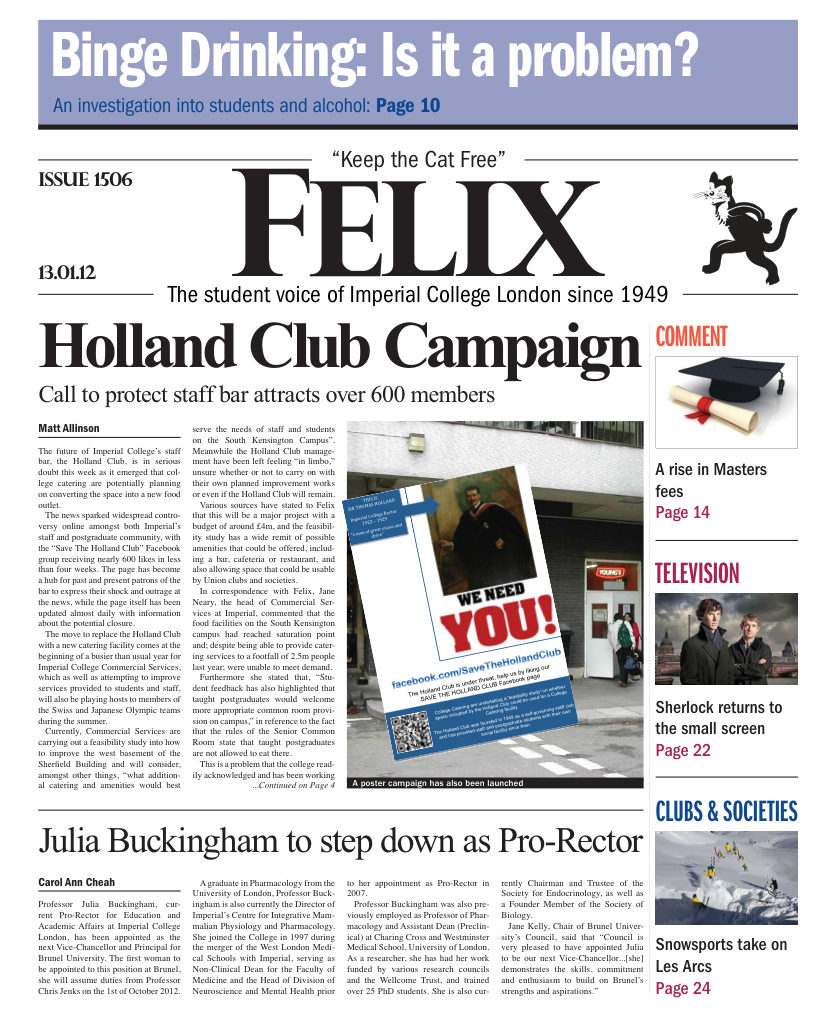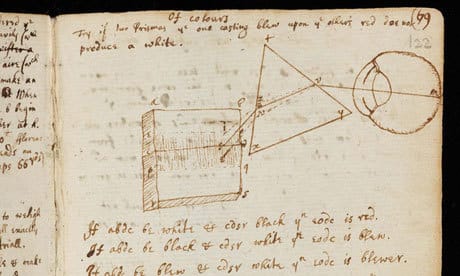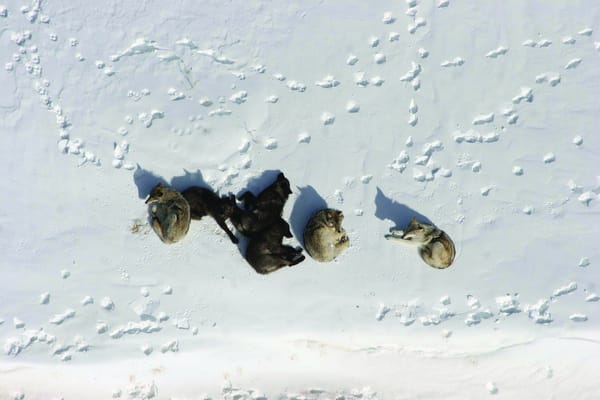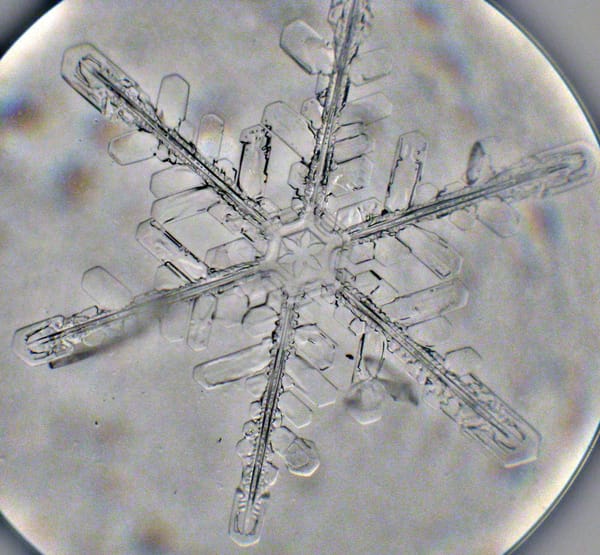LHC finds its first new particle
Chi_b particle helps researchers better understand the nuclear strong force
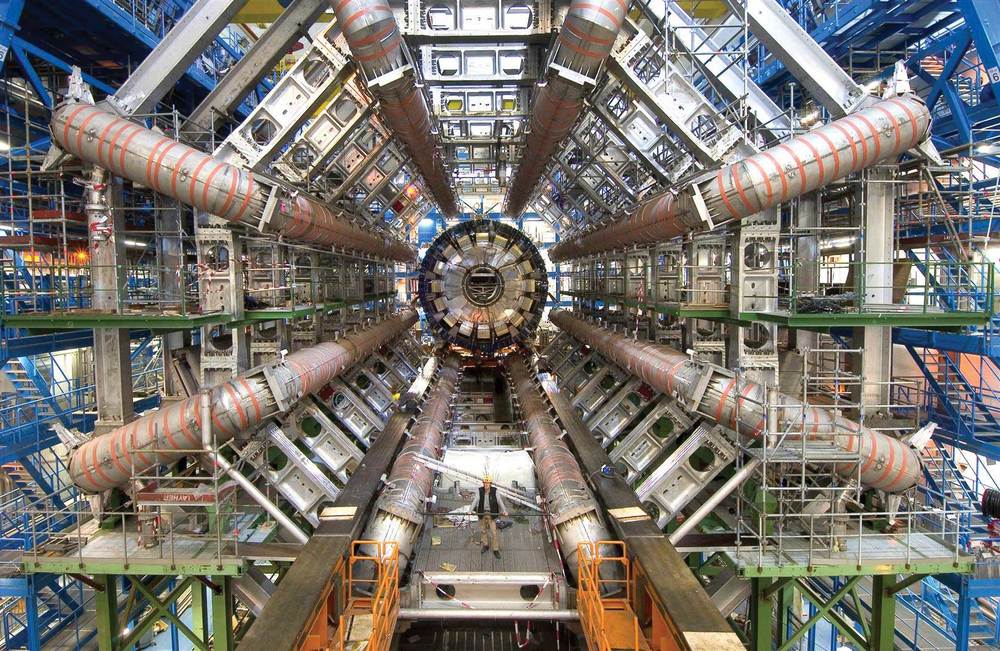
Over the Christmas holidays, CERN’s Large Hadron Collider (LHC) in Geneva reported its first particle discovery since opening in 2009. Named Chi_b (3P), the particle was recorded by ATLAS, one of four detectors within the LHC, and is a more excited state of the Chi particle.
Chi particles are part of a family of mesons called quarkonia, whose constituents include a quark and their own antiquark. The Chi_b (3P) particle is an example of bottomonium, made up of a bottom (or beauty) quark and a bottom antiquark.
The particle was discovered by researchers from the University of Birmingham and Lancaster University, who analysed data from the ATLAS detector and published their findings on 22 December. James Walder, a research associate from Lancaster who worked on the analysis, said that the particle “was predicted by many theorists but was not observed at previous experiments.”
Professor Roger Jones, Head of the Lancaster ATLAS group, said “while people are rightly interested in the Higgs boson, which we believe gives particles their mass and may have started to reveal itself, a lot of the mass of everyday objects comes from the strong interaction we are investigating using the Chi_b (3P).”
“The better we understand the strong force, the more we understand a large part of the data that we see, which is quite often the background to the more exciting things we are looking for, like the Higgs”, he added.
Professor Paul Newman, from the University of Birmingham said that the discovery of this particle is a “testament to the very successful running of the collider in 2011 and to the superb understanding of our detector which has been achieved by the ATLAS collaboration already.”
Other, less excited states of Chi particles were observed 25 years ago, and new measurements continue to test theoretical calculations of the forces that act on fundamental particles. Dr Miriam Watson commented that this will “move us a step closer to understanding how the universe is held together.”
Dr Jad Marrouche, an Imperial researcher working on the Compact Muon Solenoid (CMS) experiment, another detector at the LHC, told Felix: “This is yet another validation of the predictive power of our theories. However, it’s not the discovery we were all hoping for in 2011 – there is still one more particle the Standard Model predicts which we haven’t conclusively discovered yet, but 2012 will hopefully be that year.”
The LHC continues to fill gaps in the Standard Model of particle physics and leads the search for the Higgs Boson. It was closed for the Christmas holidays and will resume running following a submission of various papers this month regarding the latest Higgs analysis data showcased at their scientific update and press conference on December 13.


